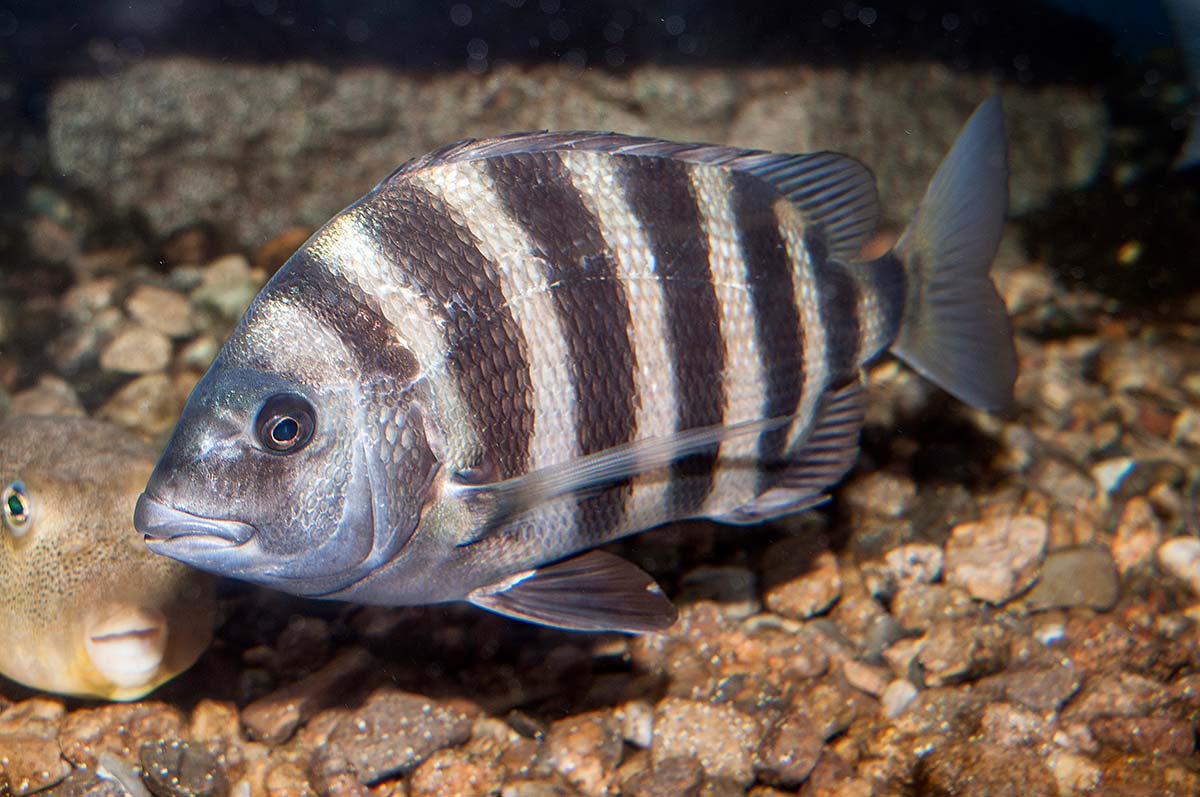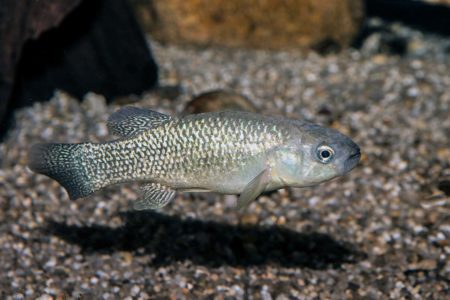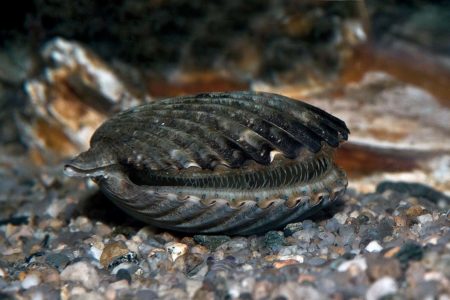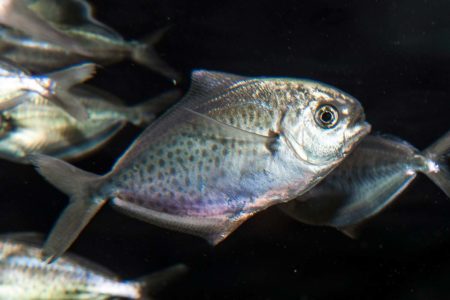
Warming waters and oyster bed resurgence adds another species to the target list.
Sheepshead may not be the first fish that comes to mind for a lot of Northeast fishermen, but anglers love it because they are a lot of fun to catch. They are known for putting up quite the fight; they are also a pretty fish that with their dark, vertical bars look very much like a zebra that lives in the ocean!
Sheepshead are comparatively large and long-lived members of the porgy, or scup family. They range from South to Florida north to Nova Scotia, Canada, and from the Atlantic coast of Brazil north to the Gulf of Mexico.
The sheepshead has an oval-shaped, deep body with a blunt snout and small, almost horizontal mouth. The posterior nostril looks slit-like in appearance. Dorsal and anal fins include stout, short spines. The second spine of the anal fin is enlarged. Pectoral fins are long, extending beyond the anal opening when pressed close to the body. The caudal, or tail fin is shallowly forked.
The adult sheepshead is a silvery to greenish-yellow with an olive back coloration. They usually have five or six dark vertical bars along each side, which are most distinct in young individuals. The caudal and pectoral fins are greenish while the dorsal, anal, and ventral fins are dusky or black. Other fish that are similar in appearance to the sheepshead include the black drum, and Atlantic spadefish. However, the black drum has barbels on the lower jaw and reaches a much larger adult size than the sheepshead. The Atlantic spadefish has a very short snout, a much rounder body shape and a larger soft dorsal and anal fin than the sheepshead. Additionally, the vertical bands on the sides of the black drum and Atlantic spadefish tend to fade with age much more so than the markings of the sheepshead.
Younger fish prefer shallow well vegetated environments, as well as solid habitat that afford protection. As sheepshead continue to grow they relocate into adult habitat including rocks, pilings, shipwrecks, jetties, and oyster reefs. The fish tends to move in east-west movements around inlets during the fall and winter, when adult sheepshead migrate out into the ocean to spawn. Sheepshead are omnivores, meaning they will eat both plants and small animals, and prefer eating barnacles, crabs and oysters.
This species spawns offshore during spring months, and then return to coastal, and estuarine habitat to feed and continue growing as youngsters. Young sheepshead are of a higher density in grass flats, and muddy bottom. As they get older, and larger, they leave the safety of the grassy flats and join adult schools in and around jetties, breakwaters, and piers. This specie grows quickly until around 6 years of age, then the growth rate slows down. At a year old, sheepshead are approximately 10 inches in length; 2 years old 12 inches, and all sheepshead are sexually mature by the time they reach 3 to 5 years old, and attain a length of about 14 inches. The oldest reported sheepshead was 30 years old.
This fish is a close cousin of the much smaller scup, or porgy. Their body shapes and fin structure are almost identical, but they are easy to tell apart from one another, both underwater and on shore. Scup are much smaller, and are not seen much larger than about 10 to 12 inches in length; they are more of a silvery/bronze in coloration, and their body’s give-off an iridescent spectrum of colors when struck by any light source, such as a dive light while SCUBA diving. Scup have no vertical bars, but all age classes and sexes of sheepshead have dark vertical bars running through the gill plate, all the way back to the tail.
The public may frequently mistakenly identify black drum as a sheepshead. Physically, the two look nothing alike, with the drum’s mouth being placed more at the bottom of the fish facing downward to the bottom. However, juvenile black drum do have a similar vertical dark bar pattern along their body which sometimes causes the confusion. Sheepshead though have the stripes from the gill plate back to the tail. Also, the mouth of a juvenile black faces downward rather than straight ahead for a sheepshead.
This species is caught by recreational anglers a lot of enthusiasm. In the past 10 years their popularity has grown exponentially, especially as this species has shown up with more frequency in the Northeast. A lot of fisherman use chum to attract the fish; these are a challenging fish to hook though because they strike and take bait very quickly. A lot of anglers will use tautog jigs tipped with fiddler, calico, blue claw, green or mole crab; fishing next to a piling or jetty is best, making this a popular species with boaters and jetty anglers alike.




